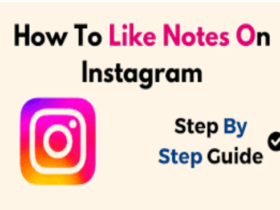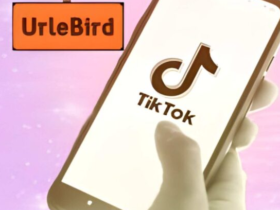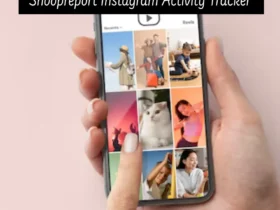The skull emoji , commonly called the “skull” emoticon it is a widely used symbol utilized across a range of digital platforms. The skull of a human makes it an extremely powerful symbol for communication that often communicates a variety of feelings and ideas. The article explains the meaning of skulls, their use and its impact on modern electronic communications.
Historical Context and Meaning

The skull emoji first appeared in Unicode 6.0 in the year 2010. It’s often utilized to symbolize death as well as something that’s “dead” and “deadly” from a literal meaning. The skull has served as used as a symbol for danger and death across different societies for many centuries. The skull is a symbol of danger in many societies. are used as part of ceremonies and rituals to honour those who have passed away or to keep from bad spirits.
When it comes to emoticons, the skull emoji can be used frequently to give a macabre or dramatic element to discussions. Also, it is used to signify an event that’s incredibly humorous or ironic, for example the expression “I’m dead” in order to signify something very funny.
Most Common Uses for the Skull Emoji
The skull emoticon is used on a variety of ways throughout texts, social media as well as other forms of digital communication:
- Entertainment as well as Pop Culture: Fans of movies videos, horror films, and dark humor typically utilize the skull emoticon to show their enthusiasm or refer to their passions.
- Twitter Trends in Social Media For platforms like Twitter and Instagram It is often utilized in jokes, memes, and hashtags to rise the impact or make a funny impact.
- Emotional Expression It’s an abbreviation for emotions like when something is hilarious that it literally “kills” your senses with laughter as well as when you are expressing surprise or surprise.
The Cultural Impact and Popularity
The skull emoji is gaining huge popularity on various social media platforms as well as messaging applications. Its flexibility permits it to be used across a variety of settings including lighthearted humor to serious debates regarding death or risk. The impact it has had on the digital world is noteworthy, since it’s become an emblem of communication in the digital age that surpasses the boundaries of language.
Pop culture is awash with the skull emoji is often utilized in art, fashion as well as entertainment to represent an edgy or rebellious theme. It is embraced by a variety of subcultures, such as the punk and goth communities and it is frequently featured in packs of emojis designed to appeal to certain groups of people.
Variations and Related Emojis
There are several variations and related emojis that often accompany or complement the skull emoji:
- 💀 Skull: The basic skull emoji.
- ☠️ Skull and Crossbones: Often used to represent poison or something dangerous.
- 👻 Ghost: Sometimes used in conjunction with the skull emoji to create a spooky or playful vibe.
- 💀🔪 Skull and Knife: Used to intensify the dramatic or dangerous context.
Conclusion
The skull emoji with multiple meanings, and wide use, is a perfect example of the growth of technology-based communication. It has transcended its dark roots and has become a symbol for comedy, expression as well as cultural developments. While we navigate our way through the age of technology The skull emoji is an effective tool to convey broad range of emotions and concepts, which reflect our constantly changing ways of communicating on the internet.








Leave a Reply